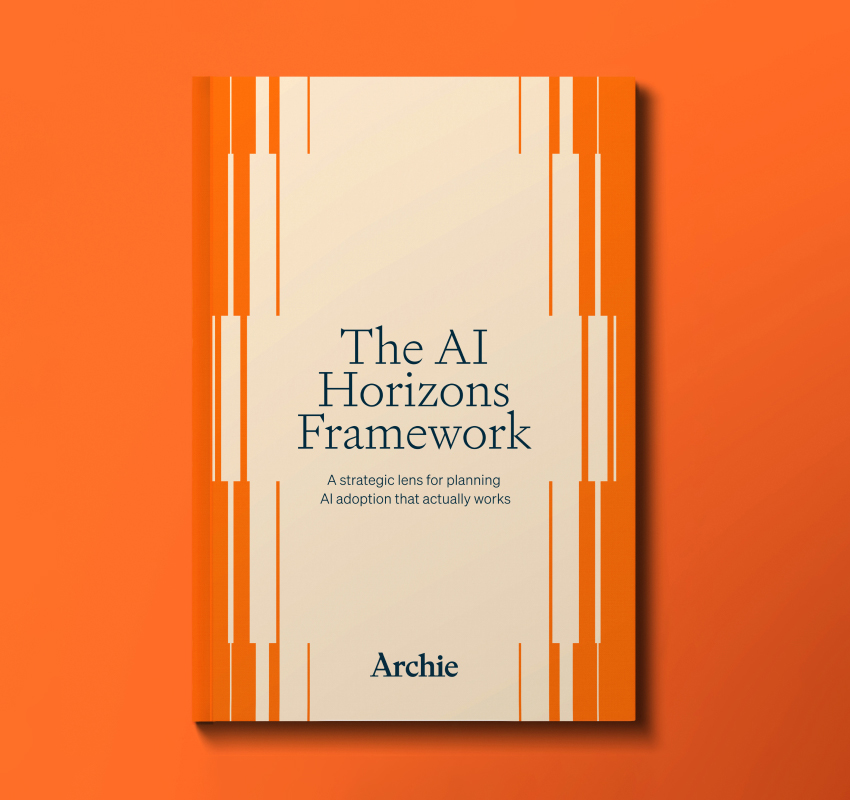Empathetic AI (or How AI Can Change Client Data Collection Forever)
Client data collection: it’s the pain point every firm knows too well. But what if AI could turn it into a seamless, even human experience, for both clients and accountants?
In all my years working with accounting firms, whenever I asked what the most frustrating part of their job was, the answer was almost unequivocally the same: client data collection. It’s not “a universal pain point”, it’s THE pain point—chasing down documents, getting half the information you need, following up again (and again), only to end up with the wrong files—it’s exhausting. The whole process eats up time and energy, and let’s be honest, it’s no one’s favorite part of the job.
But what if it didn’t have to be this way?
Now imagine a not-so-distant future where AI completely transforms this process. We’re not just talking about automation—we’re talking about empathetic AI that understands the challenges on both sides of the equation.
Picture an AI that remembers what documents were sent last year and automatically asks for only what’s new or missing. One that communicates with clients directly—providing clear, step-by-step instructions, answering their questions in real time, and nudging them gently when needed. No redundant requests, no confusion, and no frustration.
For clients, this could turn an overwhelming process into a seamless experience. Instead of feeling hounded, they’d feel supported by a system that knows what’s needed and how to guide them through it.
For accounting firms, the benefits go far beyond saving time. Accurate, complete data would be delivered faster, reducing errors and unlocking more time for high-value work. But the real win? Building better relationships with clients through a process that feels less transactional and more collaborative.
This is the future of empathetic AI—a system that doesn’t just collect data but transforms the experience into something smarter, faster, and more human.
If AI could handle tasks like this for your firm, how would you use it to enhance the client experience? Would you let AI interact directly with your clients? What tasks would you trust it to handle?




